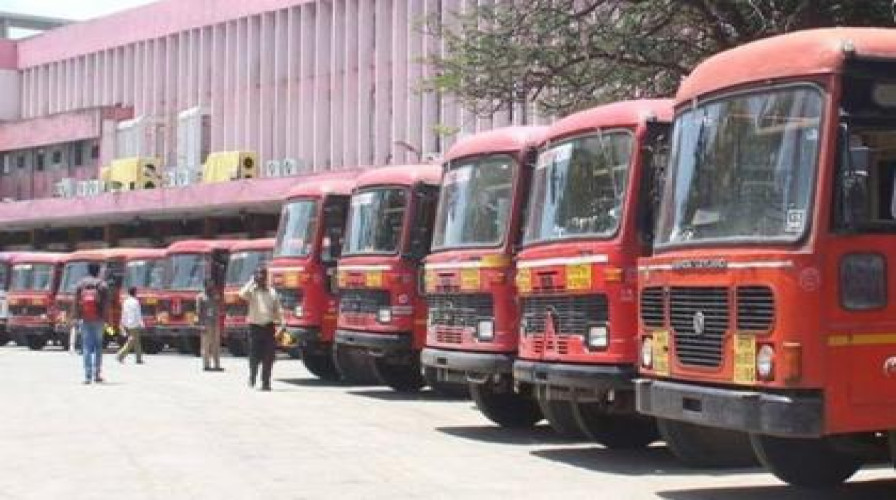Blockchain Beyond Cryptocurrency: Applications in Supply Chain and Governance

Blockchain technology is often most commonly associated with cryptocurrencies like Bitcoin and Ethereum. However, its potential applications extend far beyond the realm of digital currencies. One of the most promising areas of blockchain application is in supply chain management and governance. This article explores how blockchain technology is being leveraged to transform these sectors and the implications for businesses and societies.
1. Understanding Blockchain Technology
At its core, blockchain is a decentralized, distributed ledger technology that ensures the integrity and transparency of data. It operates through a network of computers (nodes) that work together to validate and record transactions in a series of linked blocks. Each block contains a timestamp and a cryptographic hash of the previous block, creating a secure chain of data that is nearly tamper-proof.
The primary features of blockchain—transparency, immutability, and decentralization—make it a powerful tool for various applications beyond cryptocurrency.
2. Transforming Supply Chain Management
Supply chains are complex networks involving multiple stakeholders, including suppliers, manufacturers, distributors, and retailers. Traditional supply chain systems often suffer from inefficiencies, lack of transparency, and susceptibility to fraud. Blockchain technology addresses these issues in several ways:
2.1 Enhanced Transparency and Traceability
Blockchain’s immutable ledger provides a single source of truth that can be accessed by all participants in the supply chain. This transparency allows stakeholders to trace the origin and journey of products from raw materials to the end consumer. For example:
- Food Safety: Companies like Walmart and Nestlé are using blockchain to track the provenance of food products. This capability is crucial for quickly identifying sources of contamination and ensuring food safety.
- Luxury Goods: Blockchain helps verify the authenticity of high-value items like diamonds and luxury watches by tracking their journey through the supply chain, reducing the risk of counterfeiting.
2.2 Streamlined Operations
Blockchain can automate and streamline supply chain operations through smart contracts—self-executing contracts with the terms directly written into code. These smart contracts automatically execute transactions and enforce agreements when predefined conditions are met, reducing the need for intermediaries and manual processing. For example:
- Automated Payments: Payments can be triggered automatically when goods are delivered, reducing delays and disputes.
- Efficient Inventory Management: Real-time tracking of inventory can be managed on the blockchain, ensuring accurate stock levels and reducing overstocking or stockouts.
2.3 Fraud Prevention
Blockchain’s cryptographic security ensures that once data is recorded, it cannot be altered without the consensus of the network. This immutability reduces the risk of fraud and tampering. For example:
- Anti-Counterfeiting: Products can be verified against the blockchain to ensure they are genuine and not counterfeit, protecting both consumers and brands.
3. Revolutionizing Governance
Governance systems—encompassing everything from public administration to organizational management—can also benefit significantly from blockchain technology. Here’s how:
3.1 Improved Transparency and Accountability
Blockchain’s transparent ledger can enhance the accountability of government transactions and public spending. By recording transactions and decisions on a public blockchain, governments can:
- Prevent Corruption: Transparent records make it more difficult for officials to engage in corrupt practices, as all transactions are visible and traceable.
- Increase Trust: Citizens can monitor how public funds are used and ensure that resources are allocated appropriately.
3.2 Streamlined Voting Systems
Blockchain has the potential to revolutionize voting systems by providing a secure, transparent, and tamper-proof platform for casting and counting votes. This can address issues such as:
- Voter Fraud: Blockchain ensures that each vote is recorded accurately and cannot be altered.
- Accessibility: Remote and secure voting options can be made available, increasing voter participation and inclusivity.
3.3 Efficient Record-Keeping
Governments can use blockchain to maintain accurate and immutable records of land ownership, birth and death certificates, and other vital documents. This approach can:
- Reduce Bureaucracy: Streamline administrative processes by providing a single, reliable source of truth for public records.
- Enhance Security: Protect sensitive information from unauthorized access and tampering.
4. Challenges and Considerations
While blockchain offers numerous advantages, its implementation in supply chain management and governance is not without challenges:
4.1 Scalability
Blockchain networks, especially those using proof-of-work consensus mechanisms, can face scalability issues. The technology needs to handle large volumes of transactions efficiently to be viable for widespread use.
4.2 Interoperability
Different blockchain networks and systems must be able to communicate with each other. Developing standards and protocols for interoperability is crucial for the success of blockchain applications in diverse sectors.
4.3 Regulatory and Legal Issues
The adoption of blockchain in governance and supply chains may face regulatory hurdles and legal uncertainties. Governments and organizations need to navigate these challenges and establish clear guidelines for blockchain use.
5. The Future of Blockchain in Supply Chain and Governance
The potential applications of blockchain in supply chain management and governance are vast and still evolving. As the technology matures and overcomes existing challenges, we can expect to see more widespread adoption and innovative solutions. Blockchain has the potential to enhance efficiency, transparency, and trust across various sectors, transforming the way we manage supply chains and govern societies.
Conclusion
Blockchain technology, while initially associated with cryptocurrency, is proving to be a transformative force in supply chain management and governance. By leveraging its features of transparency, immutability, and decentralization, organizations and governments can address longstanding challenges and pave the way for more efficient and trustworthy systems. As the technology continues to develop, its impact on these critical areas will likely become even more profound, shaping the future of global commerce and governance.










